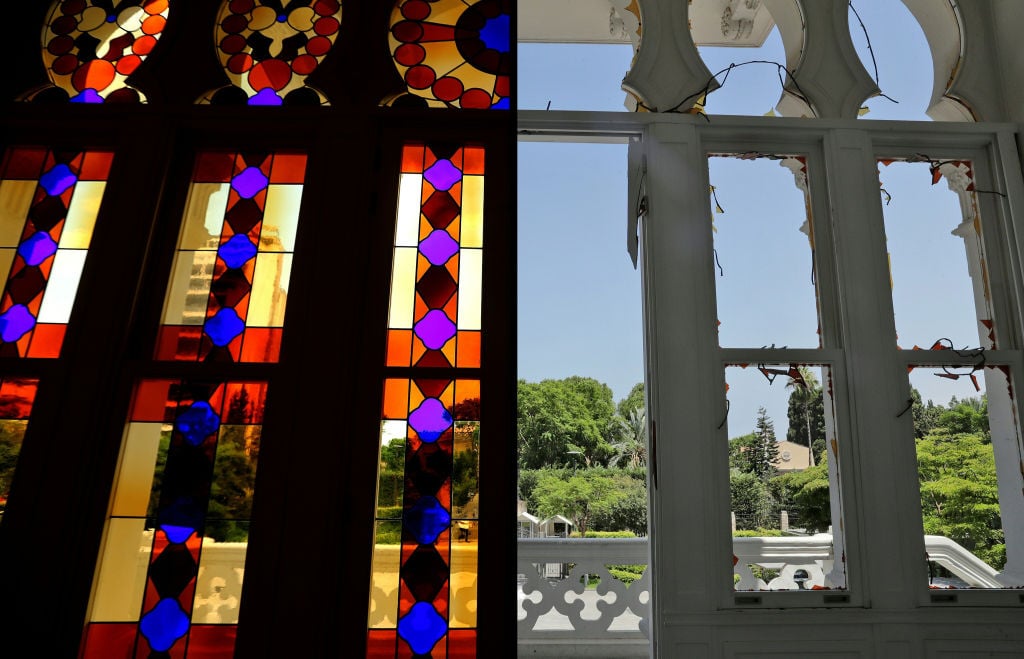
An international coalition of museums and heritage organizations has launched a $5 million project to help stabilize and rebuild Beirut’s cultural heritage sector following a devastating explosion earlier this month.
The package is being financed and administered by the Geneva-based International Alliance for the Protection of Heritage in Conflict Areas (ALIPH), and includes emergency relief for around 20 cultural organizations, including the city’s hard-hit National Museum, which the Louvre Museum is helping to restore in collaboration with Lebanon’s Directorate of Antiquities.
The explosion on August 4 left over 5,000 wounded, more than 200 people dead, and 300,000 people homeless. It also devastated museums, libraries, monuments, and historic buildings across the Lebanese capital. An official study carried out by the Directorate General of Antiquities of Lebanon with the support of UNESCO and the International Council of Museums (ICOM) found that some 650 cultural heritage sites were impacted.
The hardest hit area is the mid-19th-century Gemmayzeh district near the city’s port. Damaged museums include the National Museum, which contains archeological treasures, and the Sursock Museum, which houses a modern and contemporary art collection. Numerous libraries, monuments, and religious buildings were also affected by the blast.
On August 11, nearly 30 international cultural institutions including the Louvre, the Global Heritage Fund, the World Monuments Fund, UNESCO, and ICOM signed a statement of solidarity with Lebanon and pledged to do all that they could to provide cultural first aid and long-term assistance to foster “the complete recovery of the heritage that has been damaged in Beirut by this blast.”
The $5 million package announced by ALIPH is the first concrete delivery on this commitment. Among the priorities of this initial injection of cash is the rehabilitation of the National Museum and a rescue package for museums and libraries around the city that will be managed with the Prince Claus Fund and the Lebanese Committee of the Blue Shield.
In a statement, ALIPH said that it would offer more details on its plan in the coming days, including how it will work to restore historic buildings and a full list of museums and cultural institutions set to receive aid.
“ALIPH’s objective is to finance as quickly as possible concrete and operational measures to protect and restore damaged heritage, especially to avoid further weakening by the next rainy season,” Valéry Freland, ALIPH’s executive director, said. But this is just the beginning, she added. “Beyond these emergency measures, we must also work with the international community and the Lebanese people on the sustainable rehabilitation of entire neighborhoods: this will require more time and resources.”